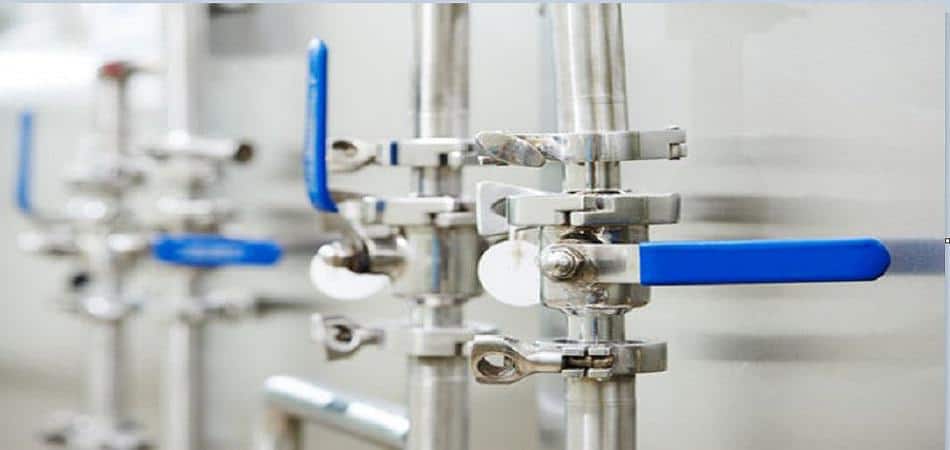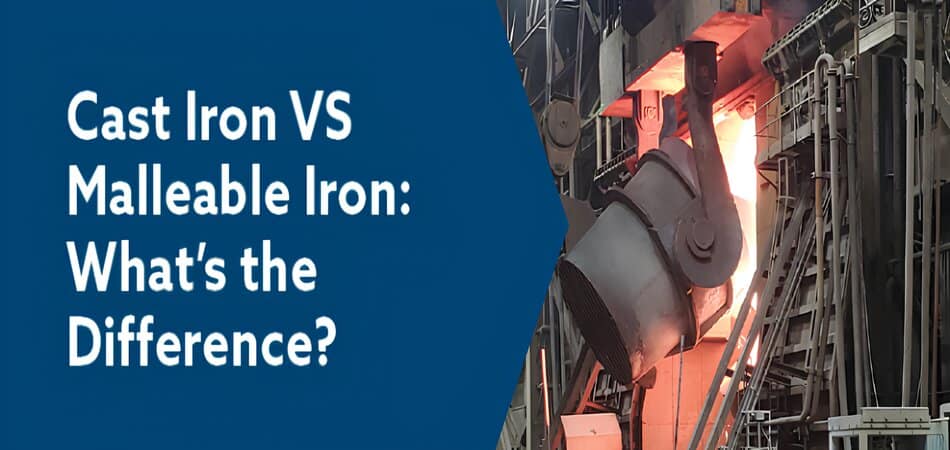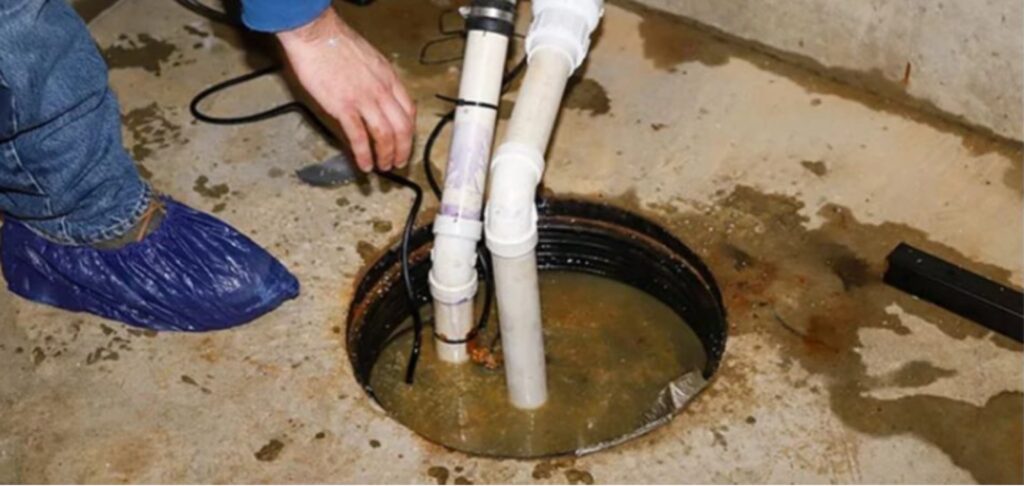What is a Needle Valve and How Does it Work?

Plumbing is a profession that requires accuracy and excellent precision. The needle valve is one of the essential plumbing materials that enhance good accuracy during plumbing applications. It requires a good Understanding of the plumbing industry to identify quality products like needle valves.
Ultimate Guide To Float Valve

Float valves, essential for maintaining fluid levels in various systems, leverage a float lever mechanism to automatically regulate water flow. These valves are pivotal in ensuring efficient water management across both residential and industrial settings. By selecting the appropriate material, such as stainless steel for durability or PVC for cost efficiency, users can enhance system reliability and prevent potential overflows, aligning with sustainability efforts and operational demands.
Cast Iron Vs Malleable Iron: What Is the Main Difference?

Understanding the distinctions between cast iron and malleable iron is crucial for selecting the right material for your projects. Cast iron, known for its high carbon content and exceptional durability, excels in applications where strength and corrosion resistance are paramount. On the other hand, malleable iron, produced through an annealing process that enhances workability and flexibility, is ideal for intricate designs requiring malleability. This guide illuminates the differences in composition, properties, and applications, helping you make an informed decision between these two versatile iron types for your specific needs.
Yard Hydrant Troubleshooting & Maintenance

Yard hydrants are vital for outdoor water access, especially in areas prone to freezing. They operate through a simple mechanism that allows water flow when the handle is lifted and stops it when lowered. Troubleshooting common issues like leaks or poor flow often involves replacing the plunger or adjusting the connecting rod. Regular maintenance and using high-quality, compatible replacement parts are crucial for ensuring the hydrant’s longevity and performance. For those experiencing issues, understanding the basic working principle and common fixes can greatly aid in efficient yard hydrant management.
Guide to Quarter Turn Angle Shut Off Valve

Quarter-turn angle shut-off valves offer a simple and effective way to control water flow with just a quarter-turn of the handle. These valves use a ball valve mechanism, making them durable and resistant to blockages, ideal for hard water areas. Made from materials like brass and stainless steel, they ensure longevity but cannot be repaired once they leak, requiring replacement. Despite this, their ease of use and quick shut-off capability make them a preferred choice in water treatment and the oil and gas industries, although rapid closure can sometimes cause hydraulic shock in pipes.
Sump Pump Check Valves – Brief Guide to its Types advantages and Applications

Discover the essential function of sump pump check valves in enhancing system efficiency, preventing backflow, safeguarding against water damage, and prolonging pump lifespan, while delving into their various types, advantages, and key selection guidelines for optimal water control.
A Guide to Pex Valve

This article delves into the world of PEX valves, highlighting their unique ability to connect directly with cross-linked polyethylene (PEX) tubing without the need for transition adapters. Unlike regular valves, PEX valves offer a seamless integration with PEX piping systems, simplifying installation and enhancing reliability. The text covers the operational principles of PEX ball valves, which use a quarter-turn mechanism for efficient water flow control, and the advantages of using PEX tubing and fittings due to their flexibility, cost-effectiveness, and reduced leakage risk.
Unraveling Ball Valve Markings: A Comprehensive Explanation

Ball valves are essential devices in controlling the flow of gas and liquids, offering benefits such as confirming testing standards, identifying suitable applications, and assuring quality. Key organizations like UL, CSA, FM, UPC/cUPC, ANSI, and IAPMO play vital roles in testing and certifying The article also highlights the importance of standard values such as WOG/CWP and WSP for understanding a ball valve’s pressure ratings and suitability for specific applications, including gas. Finally, it advises sourcing ball valves from reputable manufacturers to avoid complications and ensure compatibility with plumbing systems.
Safety Valve Vs. Relief Valve

Numerous individuals think that pressure relief and pressure safety valves are interchangeable. Although they exhibit similar appearances, they operate on a fundamental level. Safety valves prevent system operation until the pressure falls below the maximum operating level.